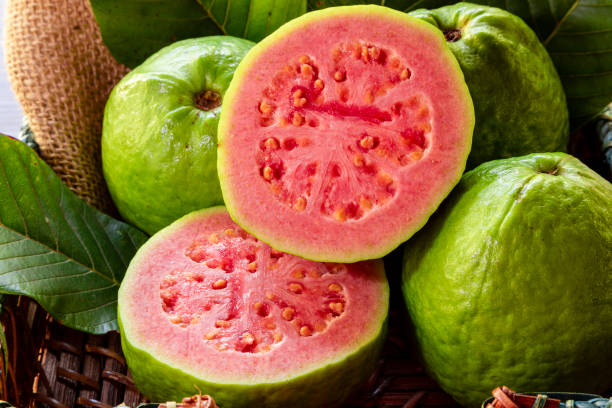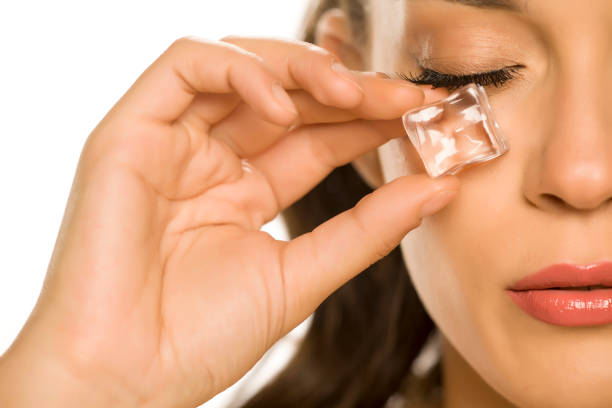Tongue Piercing- Aftercare, Infection, Prevention, And Cure

A tongue piercing is a type of body piercing done directly in between the tongue.Tongue piercing has been popular since 2011. In the current time, it is gaining popularity among women. However, it is not yet popular among men. Also, tongue piercing requires good aftercare.
4A tongue piercing is generally done at either 12 or 14 gauge. Thus it depends upon the personal preference according to the size of jewelry one wants to wear.
According to the experts’ analysis, mostly the girls between 18-25 get tongue piercings.
The American dental association does not support tongue piercing. They say that tongue piercing causes swelling, bleeding, damages teeth, and causes hypersalivation, etc.
Different types of tongue piercing:
- Frowny Piercing:
Frowny Piercing is done through the skin between the lower lip and mouth
- Smiley Piercing:
Smiley Piercing through the skin between upper lip and mouth
- Middle tongue piercing:
Middle Tongue Piercing is done through the center of the tongue
- Snake eyes piercing:
Piercing is done through the tip of the tongue horizontally
- Tongue frenulum piercing:
Done through the layer that connects tongue and mouth, present beneath the tongue
- Uvula piercing:
Horizontal Piercing through Uvula
- Venom piercing:
Venom piercing is done in between on the tip of the tongue horizontally.
Read more- Types of tongue piercing Pain & Healing Stages
Tongue piercing process:
- First, the appendage is clamped with force to make a grip on the tissue
- Then, a gauge is pushed through the tongue to pierce it
- Finally, the jewelry is inserted in that Piercing
Side Effects of tongue piercing
Tongue piercing may lead to serious mouth infections in some cases, as the bacteria might get trapped inside.
Kissing, oral sex, and other sexual activities can also transfer infection in tongue piercing.
How to identify an infection:
Various symptoms of infection due to tongue piercing are:
- Redness
- Minor swelling
- Slight throbbing
- Mild heat
- White discharge
- Swelling
- Fever
- Pain
- Bleeding
- Yellow discharge
- Bumps on the surrounding of Piercing
If you notice any of the symptoms mentioned above, it is advised to see your doctor.
Ways to prevent infection after tongue piercing:
Following are some tips that can help you avoid infection after getting a tongue piercing:
Do not remove the jewelry.
Movement in jewelry in tongue piercing can increase swelling in the tongue and thus can lead to bacterial infection. Thus, be precautious while cleaning the Piercing and do not touch it much otherwise for a few next days.
Also, never try to remove jewelry by yourself as it can harm your tongue and generate irritation.
Avoid OTC antibiotics or creams.
OTC antibiotics can have two effects: either they can heal or hurt the affected area.
These tropical creams may increase the accumulation of bacteria and damage the tongue.
Also, avoid using mouth cleansers. It contains hydrogen peroxide, alcohol, and other antibacterial ingredients, which can harm healthy skin cells.
Flossing
Flossing helps in removing plaque stuck between the teeth and helps cleaning the mouth.
Brushing
Brushing twice a day keeps bacteria away. Therefore, to maintain a healthy mouth brushing twice a day is necessary.
Rinsing
Rinse the mouth three times a day. However, for rinsing the mouth, avoid using any mouthwash and just rinse the mouth using mineral water.
Clean the tongue piercing area two or three times a day
Cleaning flushes the bacteria and prevents the area from infection.
Use a pre-made saline solution to rinse the tongue-piercing area.
Steps to using a pre-made saline solution:
- Get a dry clean cloth or paper towel
- Dip it inside the solution
- Gently wipe it around the jewelry
- Do not scrub or pod
- Do this process till all the area is not cleaned
Use DIY sea salt solution to clean tongue piercing:
If you do not have a pre-made saline solution, you can always use a DIY sea salt solution.
The steps to make this solution are:
- Mix 1 teaspoon of sea salt with 8 ounces of warm water.
- Stir till the sea salt dissolves
- Now, take a dry tissue paper
- Dip it in the solution
- Wipe it around the tongue piercing
- Clean the whole area
Choose the right food after getting tongue piercing
Food to eat:
Eating soft foods after tongue piercing is recommended. Some of the examples are:
- Ice cream
- Mashed potato
- Yogurt
- Oatmeal
- Applesauce
Food not to eat:
- Crunchy food
- Peppers
- Spices
- Alcohol
- Coffee
Curing infection caused by tongue piercing:
Some common ways of curing the infection caused by tongue piercing are:
Ice
Sucking ice gives relief in infection generated by different types of tongue piercing.
If you have chronic pain, you can suck the ice three times a day.
Regular compress
This includes using frozen vegetables or ice packs to compress.
Steps to using a cold compress:
- Wrap the compress in a thin towel or tissue
- Gently tap it on the tongue piercing area for 10 minutes
- Use this process two times
Warm compress
Warm compress is also a good way to cure different types of tongue piercing infections.
However, if you have a fever, then do not use a warm compress.
Regular compress
You can make your warm packs by microwaving a towel for 30 seconds. Place the ingredient in the towel. Fold the towel four times so that the ingredient does not fall.
Steps to use warmth compress:
- Microwave the towel for 30 seconds
- Place the ingredient inside a towel
- Compress the towel
Chamomile compress
It has antioxidant and anti-inflammatory properties.
Chamomile compress helps in different types of tongue piercing infections.
Following are the steps to use chamomile compress:
- Dip a chamomile tea bag in warm water
- Take out the teabag
- Place tea bag in a clean, dry towel
- Press on the affected area
- After 10 minutes, rinse the area
Common do’s and don’ts after tongue piercing:
To-dos:
- Brushing twice a day
- Floss regularly
- Use a soft-bristle toothbrush
- Use alcohol-free mouthwash
- Eat soft food
To not do:
- Use of tongue scrapers
- Playing with jewelry
- Kiss and oral sex
- Smoke
- Alcohol
Read more- Different Types Of Lips: Care, Treatment, and Surgical Options
Final words:
Thus, a tongue piercing can be fun but sometimes may cause some serious infections. Therefore, good aftercare is required after getting the tongue pierced. However, no piercing is painless, but tongue piercing demands good aftercare to maintain mouth health.
Always remember, tongue piercing is like an open wound in the most sensitive part of the human body. Thus, it requires proper care.






